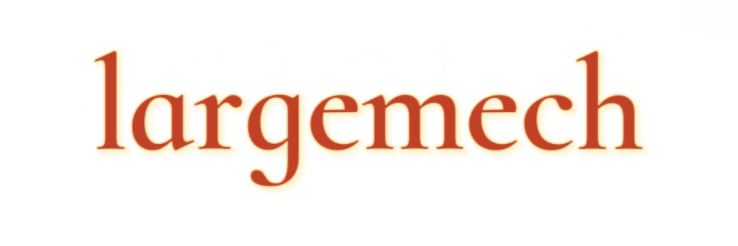Ultra High Frequency Induction Heating Equipment: Conventional vs Modern
Induction heating has transformed the way industries approach metal processing, providing a rapid and efficient method for heating metals. As technology progresses, induction heating equipment has evolved significantly. This article dives into the differences between conventional and modern ultra high frequency induction heating equipment, highlighting their unique features and benefits.
Contact us to discuss your requirements of Ultra high frequency induction heating equipment. Our experienced sales team can help you identify the options that best suit your needs.
Understanding Induction Heating
Before diving into the specifics, it’s helpful to understand what induction heating is. This technology uses electromagnetic fields to generate heat within conductive materials. Unlike traditional methods that apply external heat, induction heating creates heat directly within the material, making it more efficient and faster.
The Conventional Approach to Induction Heating
Principles of Operation
Conventional induction heating operates primarily using lower frequencies, typically ranging from 1 kHz to 30 kHz. This method involves the use of ferromagnetic coils and inductors to create a magnetic field, which induces current in the metal workpiece. The heat generation relies on the resistance of the material as current flows through it.
Advantages of Conventional Equipment
- Cost-Effectiveness: Typically, the upfront costs of conventional systems are lower, making them accessible for many small to medium-sized operations.
- Ease of Use: Traditional systems are often simpler to operate and maintain, which can be appealing to businesses with limited technical expertise.
- Compatibility: These systems can be used effectively with a wide range of metallic materials, making them versatile for various applications.
Limitations of Conventional Systems
Despite their advantages, conventional induction heating systems come with drawbacks. Their efficiency diminishes with the thickness of the material, as deeper layers may not heat uniformly. Moreover, longer heating times can lead to unwanted oxidation or changes in the material properties.
Modern Ultra High Frequency Induction Heating Equipment
Cutting-Edge Functionality
Modern ultra high frequency induction heating equipment operates at frequencies exceeding 30 kHz, often reaching into the megahertz range. This high frequency allows for precise control over heating, making it suitable for thinner materials and complex shapes. The equipment is designed to enhance efficiency and maximize output, eliminating the need for extensive post-heating processes.
Key Benefits of Modern Systems
- Efficiency and Speed: One of the most significant advantages of modern induction heating equipment is its speed. The rapid heating cycle reduces time on the production line, which directly impacts productivity.
- Precision Control: These systems offer advanced features, such as programmable heating parameters. This precision ensures uniform heating across the workpiece, minimizing thermal stress and enhancing quality.
- Energy Consumption: Ultra high frequency systems are designed to be energy efficient. They minimize heat loss and reduce power consumption, resulting in lower operational costs over time.
- Innovative Cooling Techniques: Modern equipment utilizes effective cooling systems, which extend the lifespan of the machinery while ensuring safety during operation.
Challenges of Modern Induction Heating Equipment
While modern systems offer numerous advantages, they can also pose challenges. The initial investment is higher, which might be prohibitive for some smaller businesses. Furthermore, the complexity of the technology may require additional training for operators, ensuring they can fully leverage the equipment’s capabilities.
Comparing Conventional and Modern Induction Heating Equipment
When evaluating conventional versus modern ultra high frequency induction heating equipment, it’s crucial to consider the specific needs of your operations.
| Feature | Conventional Systems | Modern UHF Systems |
|---|---|---|
| Frequency Range | 1 kHz - 30 kHz | Above 30 kHz |
| Initial Cost | Lower | Higher |
| Heating Efficiency | Moderate | High |
| Control and Precision | Basic | Advanced |
| Return on Investment | Slower | Faster |
Conclusion
The options available for induction heating equipment have expanded significantly with advancements in technology. While conventional systems continue to hold value in many applications, modern ultra high frequency systems provide unparalleled efficiency, precision, and versatility. By understanding the differences, industries can make informed decisions tailored to their specific heating needs. Whether choosing a conventional or modern solution, the ultimate goal remains the same: achieving optimal heating results for improved manufacturing processes.
For more Electromagnetic Induction Heater Main Circuit Board Wholesaleinformation, please contact us. We will provide professional answers.


